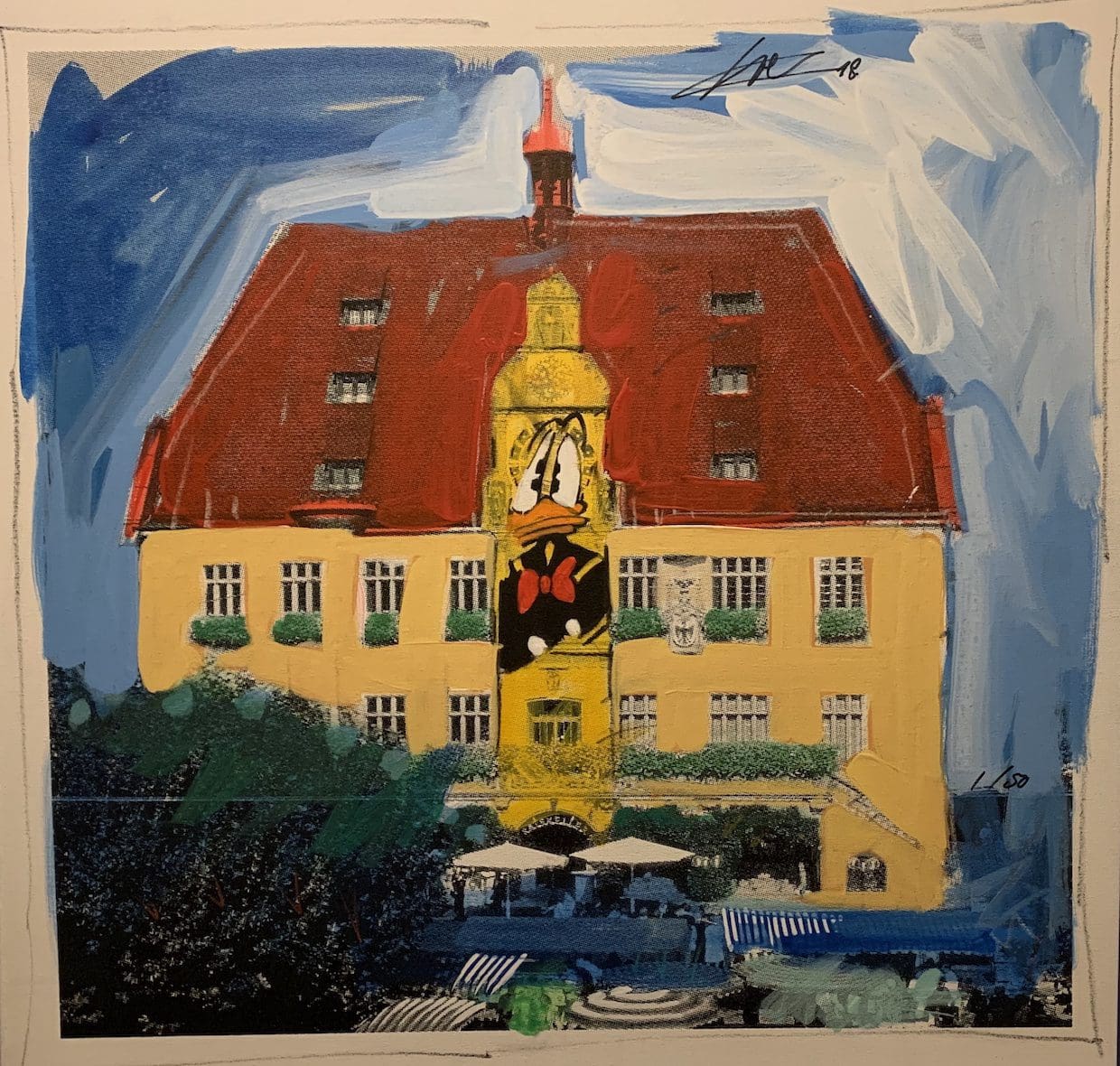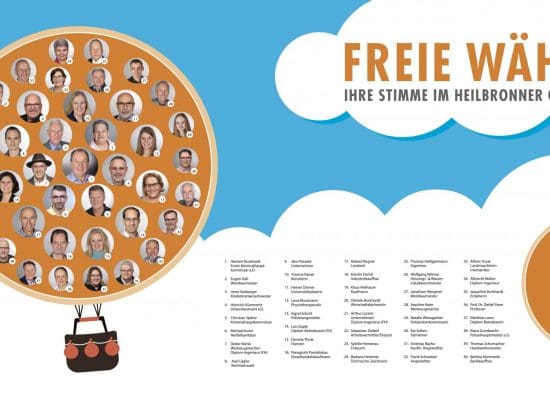Post photo: New York skyline | © Pixabay
When many today still think of big cities, they refer to a definition of the International Statistics Conference from 1887, which then and still validly stipulated that all cities with at least 100 inhabitants are also big cities.
Everyone probably agrees that a lot has changed in the last almost 150 years, but also that people hold on to things they love for as long as possible. A relevant example is the medieval municipal law, which still applies today to towns that have fewer inhabitants than the smallest municipalities in the region.
That's probably why it's also utopian - at least as long as we Europeans still have a say in world affairs - that the limit to a big city should be increased to one million inhabitants, for example.
That's why it's also necessary to think about what actually defines such a big city, because that's obviously what motivates hundreds of thousands of people to want to live there.
A major city is generally located at a transport hub that connects it with at least two other major cities. If a city is only connected to one city in terms of transport, you have to assume that it is more of a satellite city or, as Wirtschaftswoche 2017 put it so nicely, a city ideal commuter location.
The metropolitan transport hub should include land, air and water as well as telecommunications. Water could be omitted here for geographical reasons and in the area of air transport two or more large cities could fall back on a central airport, provided that each of them has its own connection. Basel-Mulhouse Airport is a good example and Leipzig Airport could have been for Berlin and Leipzig as well.
Another example of this metropolitan infrastructure is the linking of the relevant traffic, with the transfer of people, goods and goods taking place as optimally as possible.
Alone with these traffic-technical conditions there is a chance for a city to become or to remain a big city.
It's bad if you rail connections cuts or consciously directs it towards another big city. It's also bad if you have an existing one water connection not optimized for today's traffic. It's even worse if you don't optimize the linking of the different types of traffic, and it's really bad if the incoming and outgoing traffic is hindered rather than improved by the city itself.
In addition, a large city basically also requires one Education and training offer, which reflects the full range and depth of education, including corresponding research and development capacities. On the one hand, the big city system is now so complex that people are needed who understand this system in its entirety and can then also cope with it. On the other hand, education is so extensive and expensive that this offer has to be concentrated in large cities in order to be able to offer it to as many people as possible; Here, the traffic connection of a large city to its surroundings comes into its own.
However, education is also the only criterion of a big city, which can probably not be realized in every big city, because in contrast to all other raw materials, intelligence is really only available to a limited extent and is therefore a good that all big cities strive for and which ultimately also decides how and in which direction a large city will develop.
Another criterion of a large city is that, in addition to education and training, it also provides other offers and services that cannot be provided everywhere in sufficient quantity and quality. Good examples are healthcare, religious, sports, Culture- and leisure facilities.
In addition, there are also administrative and national precautionary tasks as well as defense capacities, which are also best brought together at transport hubs, i.e. in large cities.
Overall, trade, commerce and industry will also flourish, so that a big city will attract more people who either want to live locally or who are happy to commute in and out every day.
Paul Hegelmaier, Heilbronn's Lord Mayor from 1884 to 1904, saw the development of Heilbronn a little more critically than I did. Probably because he was just a "Neigschmeckter" and never really made friends with us Heilbronners. Even if the dislike was mutual at the time, today his contribution to the development of the city of Heilbronn is unreservedly recognized.
Maybe it's not so bad if you're often held up to the mirror, especially if you're less self-critical.
Farewell to Heilbronn
Lick me in the A..., you city of shopkeeper souls,
Paul Hegelmaier, 1904
I'll blow my farewell march out of you today.
You will never lack for foolish tricks,
but more light. Lick me in the A... .
My welcome once was almost too effusive
The farewell may seem a little too harsh.
That's because we didn't know each other enough
But now only too well. Lick me in the A... .
"What did Heilbronn give me? Democracy as a way of life. This is the heritage of this city. And what does democracy mean as a way of life? But only this: to meet people as people, no matter who they are and where they come from.”
Theodor Heuss, as quoted in the museum in Brackenheim







